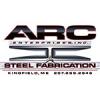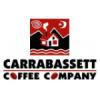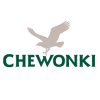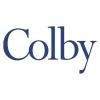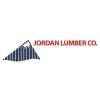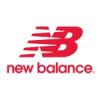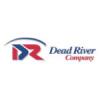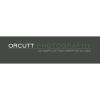Winter Gear for the Trails
The Maine Hut Trails offer a unique and beautiful location to enjoy skiing, snowshoeing, and fat biking. With miles of groomed trails, and many more ungroomed backcountry trails to explore, the area is perfect for both beginners and experienced adventurers.
Cross Country Skis
Our vast trail network receives different grooming treatment than commonly found at a standard Nordic touring center. Depending on the location, the groomed trail could vary from 3 to 8ft wide. We aim for a fresh corduroy groom, but with variable conditions and our remote trail, certain ski types perform better than others.
The best options:
Backcountry - Backcountry Nordic skis are generally wider, and contain a metal edge. These skis flow over all terrain, offer more stability, and better edge control on icy surfaces.
Touring - A great all-around option, touring skis can handle both groomed and ungroomed surfaces.
Leave these for the Nordic centers (unless you are advanced):
Classic - Narrow and fast, these are designed for track skiing. Our multi-use trails do not have tracks cut into the groomed surface.
Skate - Designed with all glide and no grip, these are best left for the groomed Nordic centers. Our trails may not be wide enough, and the elevation gain will prove difficult without grip.
Backcountry Nordic skis can be rented at the Sugarloaf Outdoor Center.
Snowshoes
Snowshoers on the Maine Hut Trail will trod on our groomed trails to get to the huts, and there are plenty of side ungroomed trails to explore!
The best options:
Good news, nearly all snowshoes will do great on our trails! If your shoes have float, bottom grip, and a secure foot strap, you will be good to explore.
The bad option:
Please do not walk in the middle of a soft or freshly groomed trail. This is called "post-holing", and will ruin the great groomed trail for everyone else. When in doubt, use snowshoes.
Snowshoes can be rented at the Sugarloaf Outdoor Center.
Fat Bikes
Our multi-use trails are great for fat bikes, too! Ride hut to hut, and don't forget to take the time to experience the great singletrack groomed trails along the Narrow Gauge Pathway, Carrabassett River, and Sugarloaf Outdoor Center.
The best option:
Wide, studded tires - Size 4.0 or greater are best. While we wish everyday had perfect, hardpacked biking trails, that may not be the case. Larger tires with studs can handle looser trail and icy spots.
Leave these at home:
Narrow tires - Less than 4.0 will cause you to potentially sink into the trail, ruining the groomed surface and resulting in way more effort to bike.
View our Trail Gallery
Snow Condition Glossary
With unpredictable weather in Maine, it helps to know what you have to look forward to on your way to the huts.
Frozen Granular: Not to be confused with ‘icy’. Conditions are created by freeze/thaw cycles or grooming, and the result is a forgiving surface made up of tiny snow chunks. Frozen granular is pretty typical in New England, and is great for skiing and fat biking. It does make for fast skiing, so beginners should use caution on descents. Hiking is recommended over snowshoeing.
Packed Powder: Not too fluffy, not too hard. When the most recent snowfall has settled into the base naturally or by groomers or other trail users, and temperatures have been stable, we get packed powder. It’s perfect for skiing, good for fat biking and snowshoeing. Hiking is not recommended.
Fresh Powder: When we’ve gotten fresh, light snow and temperatures have stayed cold, you get powder. This is perfect for skiing and snowshoeing. Fat biking and hiking may be good if accumulation is less than 2-3 inches and the base is firm.
Corn: Typical of spring conditions in New England, corn snow is the result of overnight freezing temps that warm up on sunny days, resulting in large, loose granules. It’s great for skiing- very forgiving and not too fast. Snowshoeing is usually decent. Fat biking is good if the base is very firm.
Boilerplate: When a section of trail is ungroomed after rain and cold, the result is boilerplate, i.e., ice. It’s possible to hike with micro-spikes and okay for experienced fat bikers with studded tires. Skiing and snowshoeing are not recommended.
Machine Groomed/Corduroy: Freshly groomed and tracked trail that looks like corduroy; perfect for skiing and fat biking. Snowshoeing is fine, but hiking is not recommended as it will damage the surface for other users.
Hard Packed: When the most recent snowfall has settled into the base and it's firm from wind or grooming. Conditions are perfect for fat biking. Nordic skiing is fast and fun, but beginners should be cautious, especially on steep descents. Hiking is decent.
Variable: A little of everything. Sometimes significant temperature changes occur throughout the day, and the trail surface will vary widely, even over a short distance. Variable conditions are usually fine for skiing and snowshoeing, but beginners should be cautious. Fat bikers and hikers should try to stay on firm sections of trail.
Spring Conditions: Just like variable conditions, but with more signs of spring! There may be bare spots, especially in open areas or near water. Shaded sections of trail can be icy, and snow in sunny sections can be heavy and wet.


